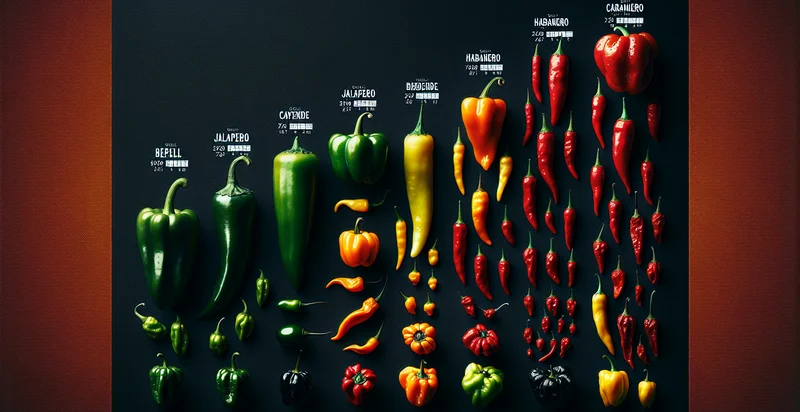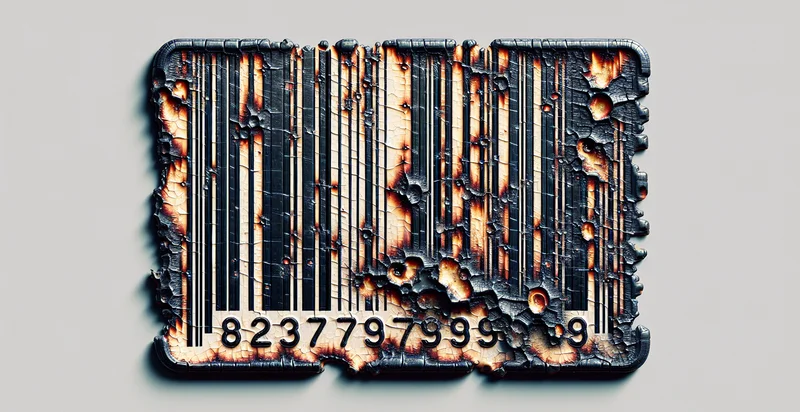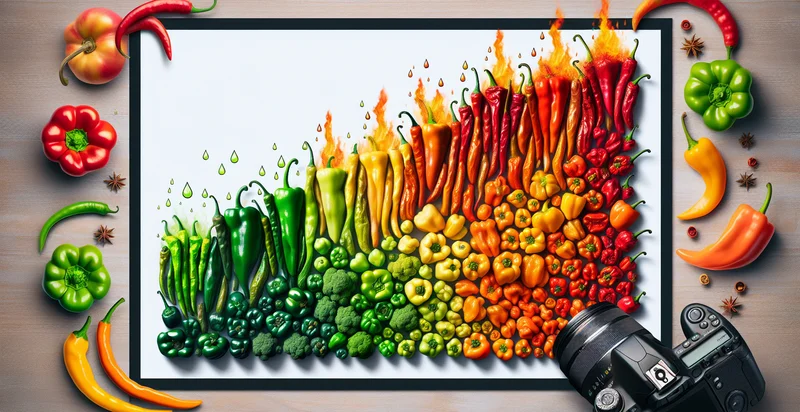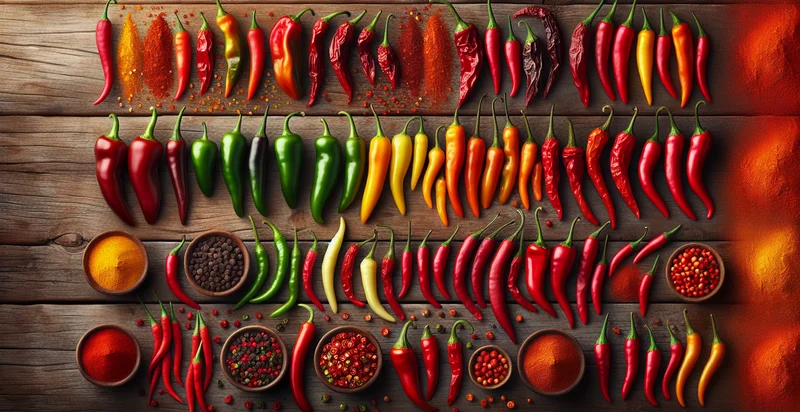Identify scoville heat levels
using AI
Below is a free classifier to identify scoville heat levels. Just upload your image, and our AI will predict the scoville heat level of various peppers - in just seconds.

Contact us for API access
Or, use Nyckel to build highly-accurate custom classifiers in just minutes. No PhD required.
Get started
import nyckel
credentials = nyckel.Credentials("YOUR_CLIENT_ID", "YOUR_CLIENT_SECRET")
nyckel.invoke("scoville-heat-levels", "your_image_url", credentials)
fetch('https://www.nyckel.com/v1/functions/scoville-heat-levels/invoke', {
method: 'POST',
headers: {
'Authorization': 'Bearer ' + 'YOUR_BEARER_TOKEN',
'Content-Type': 'application/json',
},
body: JSON.stringify(
{"data": "your_image_url"}
)
})
.then(response => response.json())
.then(data => console.log(data));
curl -X POST \
-H "Content-Type: application/json" \
-H "Authorization: Bearer YOUR_BEARER_TOKEN" \
-d '{"data": "your_image_url"}' \
https://www.nyckel.com/v1/functions/scoville-heat-levels/invoke
How this classifier works
To start, upload your image. Our AI tool will then predict the scoville heat level of various peppers.
This pretrained image model uses a Nyckel-created dataset and has 10 labels, including 100-1K Shu, 100K-200K Shu, 10K-20K Shu, 1K-5K Shu, 200K-500K Shu, 20K-50K Shu, 500K+ Shu, 50K-100K Shu, 5K-10K Shu and < 100 Shu.
We'll also show a confidence score (the higher the number, the more confident the AI model is around the scoville heat level of various peppers).
Whether you're just curious or building scoville heat levels detection into your application, we hope our classifier proves helpful.
Related Classifiers
Need to identify scoville heat levels at scale?
Get API or Zapier access to this classifier for free. It's perfect for:
- Food Quality Control: Restaurants and food manufacturers can employ the scoville heat levels identifier to ensure that their spicy dishes meet quality and consistency standards. By automatically classifying the heat levels of ingredients, businesses can guarantee that customers receive the intended flavor profile and spiciness.
- Spice Product Development: Companies looking to develop new spicy products can utilize the identifier to analyze and classify various chili pepper sources. This data can guide formulation, helping product developers create unique and marketable culinary items with the desired heat levels.
- Consumer Education: Grocery stores and online retailers can integrate the scoville heat levels identifier into their product labeling and educational materials. This helps consumers make informed choices about spice levels according to their preferences, dietary needs, and cooking styles.
- Recipe Personalization: Meal kit delivery services can adopt this function to customize spicy recipes based on individual customer heat level preferences. By matching ingredients with users' tolerance levels, these services can enhance customer satisfaction and reduce food waste.
- Chili Pepper Authentication: Spice producers and importers can ensure the authenticity and quality of their chili pepper products through heat level classification. This use case can help combat fraud in the spice market by validating the genuine characteristics of products being sold.
- Agricultural Research: Researchers studying the cultivation of different chili varieties can use the scoville heat levels identifier to assess and classify heat levels in various growing conditions. This can foster the development of new strains that meet consumer demands for specific flavor profiles and heat intensities.
- Spicy Food Challenges: Restaurants or events hosting spicy food challenges can leverage the identifier to classify and rank dishes based on their heat levels. This helps participants gauge their limits and enhances the overall experience by providing clear information on what to expect.


